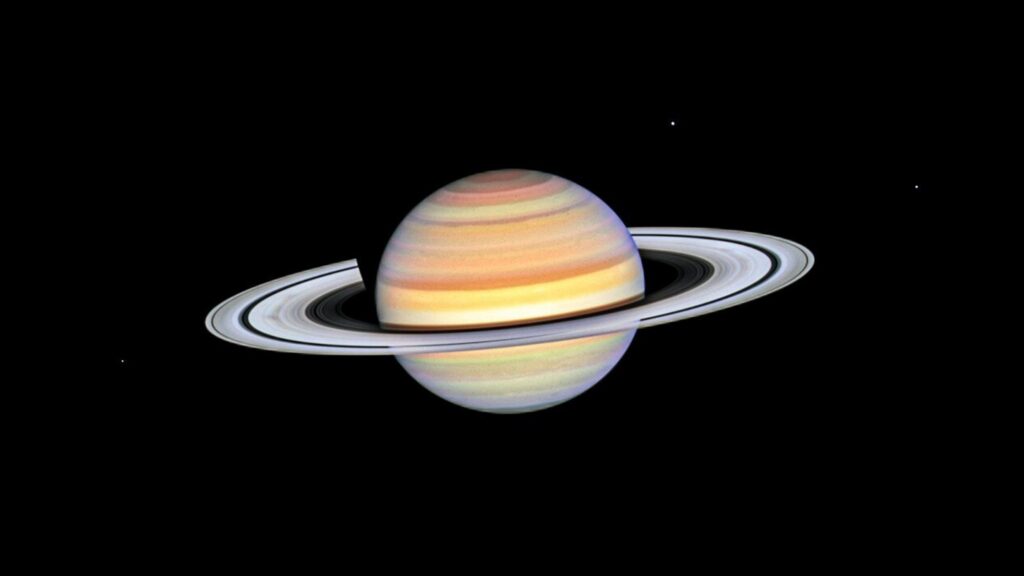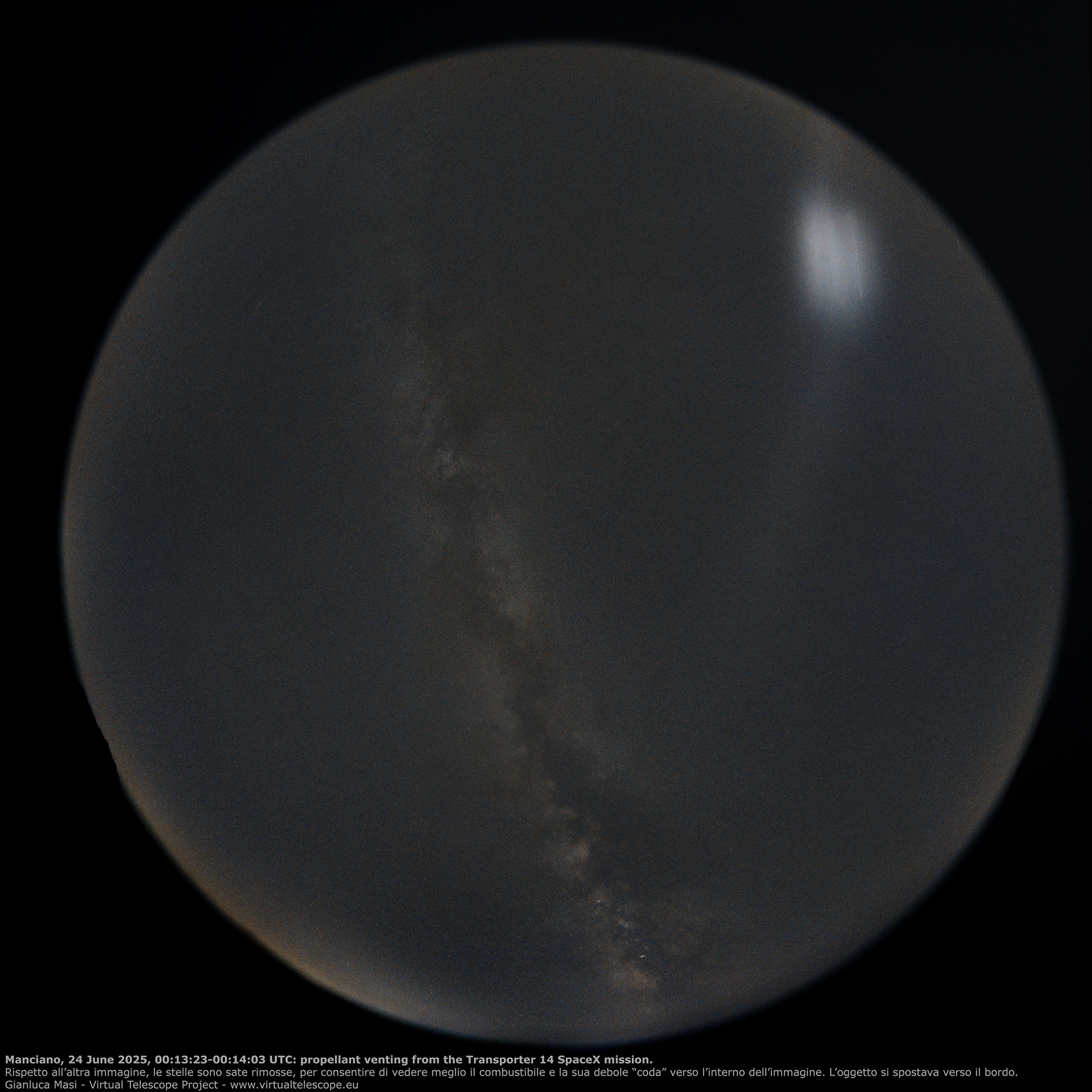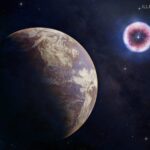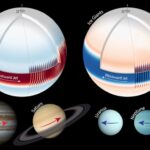Now Reading: Astronomers thought a mysterious radio burst came from deep space. It was actually a dead NASA satellite
-
01
Astronomers thought a mysterious radio burst came from deep space. It was actually a dead NASA satellite
Astronomers thought a mysterious radio burst came from deep space. It was actually a dead NASA satellite
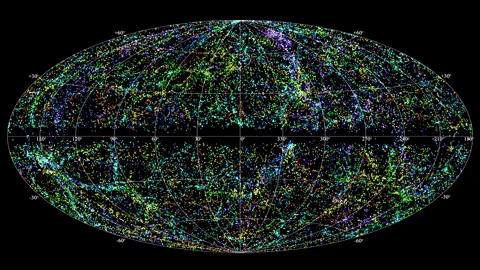
A powerful and mysterious blast of radio waves that astronomers believed was a fast radio burst (FRB) from far beyond the limits of the Milky Way has turned out to be an emission from a long-dead NASA satellite called Relay 2.
The now-discounted FRB or “pseudo-FRB” was initially detected by the Australian Square Kilometer Array Pathfinder (ASKAP) in June 2024 as this radio telescope scanned the sky over the southern hemisphere. It was remarkable because this burst of radio waves lasted less than 30 nanoseconds, much shorter than most FRBs, and yet it was strong enough to drown out all other signals from the sky.
“This was a chance discovery made when looking for FRBs, which originate in distant galaxies,” team member and Swinburne University of Technology astrophysicist Adam Deller told Space.com. “Funnily enough, despite them being known for almost 20 years, we still don’t actually know what generates FRBs, but most of the plausible theories involve a ‘magnetar‘, which is a highly magnetized neutron star.”
The Relay 2 satellite was launched in 1964 as part of NASA’s Relay program. Sitting in a medium Earth orbit, the spacecraft operated until 1965, but by 1967, its systems had completely failed.
“It’s part of space history, being one of the first ever communications satellites. There won’t be many older satellites still up there,” team member Clancy W. James from Curtin University’s Institute of Radio Astronomy told Space.com. “But we’re also sure that this was not a transmission by the satellite. None of its systems would have been capable of producing this nanosecond signal.”
James explained that at the time of the event, Relay 2 was just around 2,800 miles (4,500 kilometers) from Earth. While this might seem like a vast distance, consider that FRBs are thought to originate from cosmic sources as distant as 9.1 billion light-years away. In fact, the closest FRB source, and the only one ever seen within our galaxy, is still located an estimated 30,000 light-years away.
“So, although it appeared extremely bright to our telescope, this was just because it was much closer than the astronomical signals we were looking for,” James continued. “It was difficult to get an image of it – it came out all blurry. This meant that it was close to the telescope. So, no astronomical object. Darn.”
How disappointing is this? Maybe not at all…
Since the discovery of the first FRB in 2007, astronomers have discovered over 1,000 FRBs, yet they remain one of the most fascinating and curious signals in the cosmos. So, finding out an exceptional example of such an FRB is actually a “pseudo-FRB” caused by a defunct piece of NASA equipment may initially be a little disappointing.
Surprisingly, team member and University of Edinburgh astronomer Marcin Glowacki wasn’t disappointed at all that this signal turned out to be a signal from a man-made satellite.
“It was like an interesting puzzle for us to be able to localize this result from such a relatively close object to what we are used to! It certainly took some time and effort, as we had to adjust how we measured the signal with ASKAP to account for it being so close. It’s like how phone cameras can struggle to focus on something very close to them,” Glowacki told Space.com. “While we are mostly interested in astrophysical systems, this discovery is important for monitoring satellites in the future with ASKAP and other radio telescopes.”

Glowacki further explained how a man-made object so close to Earth could have been mistaken for a cosmic blast of radio waves in the first place.
“It was a very bright radio signal that we saw once. Most FRBs have been found only once thus far, and are also exceedingly bright compared to other radio transients, such as from pulsars,” he told Space.com. “However, this is on a shorter timescale than any known FRB. Signals from FRBs typically last from microseconds to several millisecond-timescales, rather than only a few 10s of nanoseconds.
“It was indeed good luck that ASKAP happened to be looking at the same part of the sky that the Relay 2 satellite was in when it gave off that signal – that allowed us to investigate further and determine the origin of the signal.”
Thus, any initial disappointment can be offset a little by the fact that this observation was an amazing chance discovery. Additionally, this opens up an entirely new mystery; the team still can’t quite explain how Relay 2 managed to fire off a signal that could be mistaken for an FRB.
How did NASA’s Relay 2 fool astronomers (but not for long)?
As mentioned above, the team is certain that this “pseudo-FRB” signal wasn’t an intentional emission, as not only has Relay 2 been inoperative for 58 years, but even when it was working, its transmission signal wasn’t capable of generating such short-lived radio pulses.
“What caused this signal from Relay 2? That’s a good question. We don’t know!” Glowacki explained. “One theory is electrostatic discharge (ESD) – a build-up of electricity that results in a spark-like flash. Another is that a micrometeorite had struck the satellite and produced a cloud of charged plasma, right as ASKAP was observing the part of the sky it was in. “
James elaborated that ESD is a spark that is almost exactly the same as the effect generated when you rub your feet on carpet and shock your friend (or enemy).
“Spacecraft get charged with electricity when they pass through ionized gas or ‘plasma‘ above the atmosphere, and when enough charge builds up, they generate a spark,” James continued. “New spacecraft are built with materials to reduce the build-up of charge, but when Relay 2 was launched, this wasn’t well-understood.
“Hence, perhaps it produced such a big spark because it was old.”
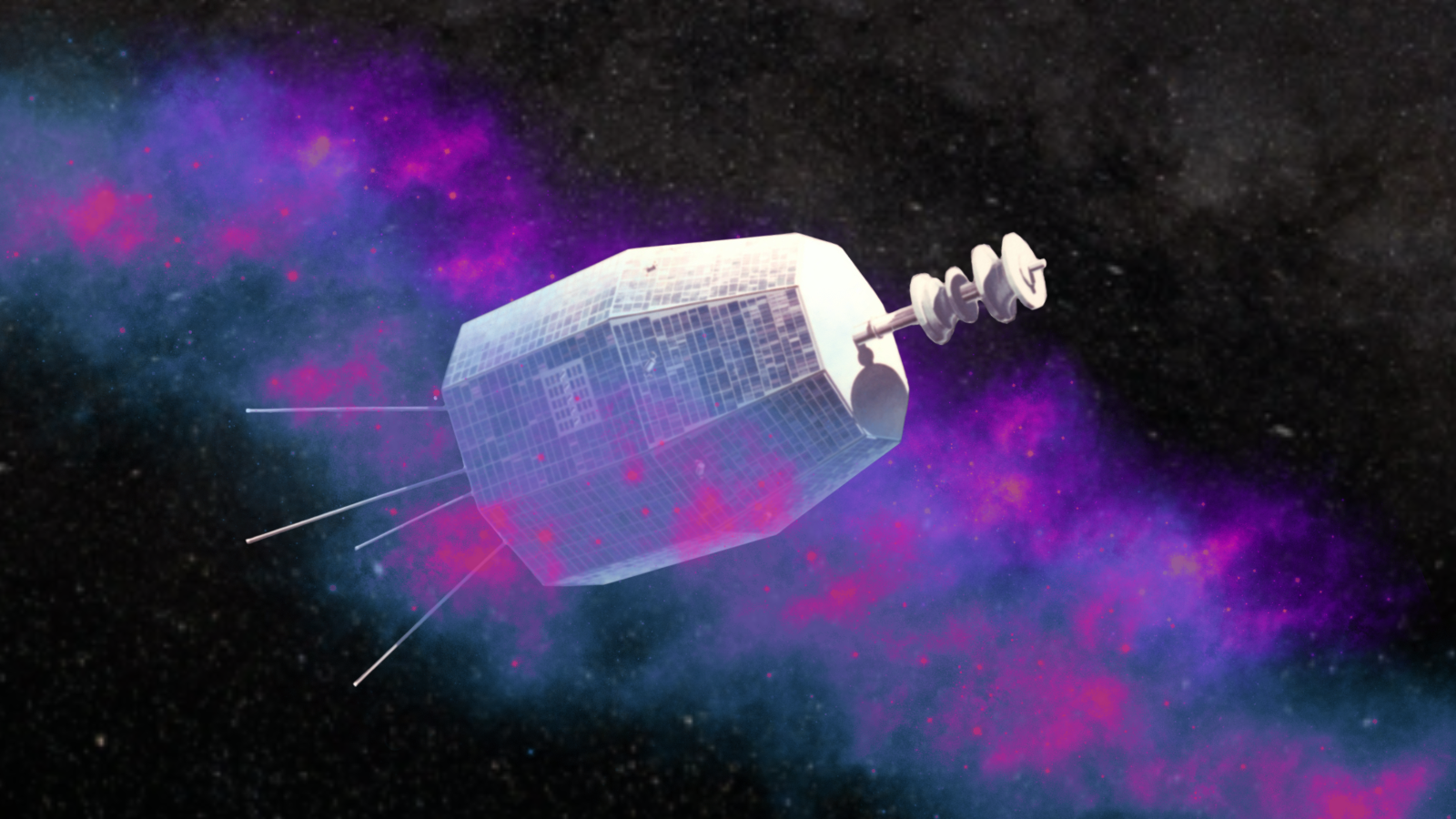
The problem with this theory is that all expectations for how sparks should behave suggest they should last tens of microseconds or longer. That’s over a thousand times longer than this signal lasted.
Additionally, the spacecraft charging described by James occurs mostly during active periods of the sun, and thus so too does the resulting sparking. That activity also impacts the Earth’s magnetic bubble, the magnetosphere, and at the time of this “pseudo-FRB,” the magnetosphere was extremely quiet.
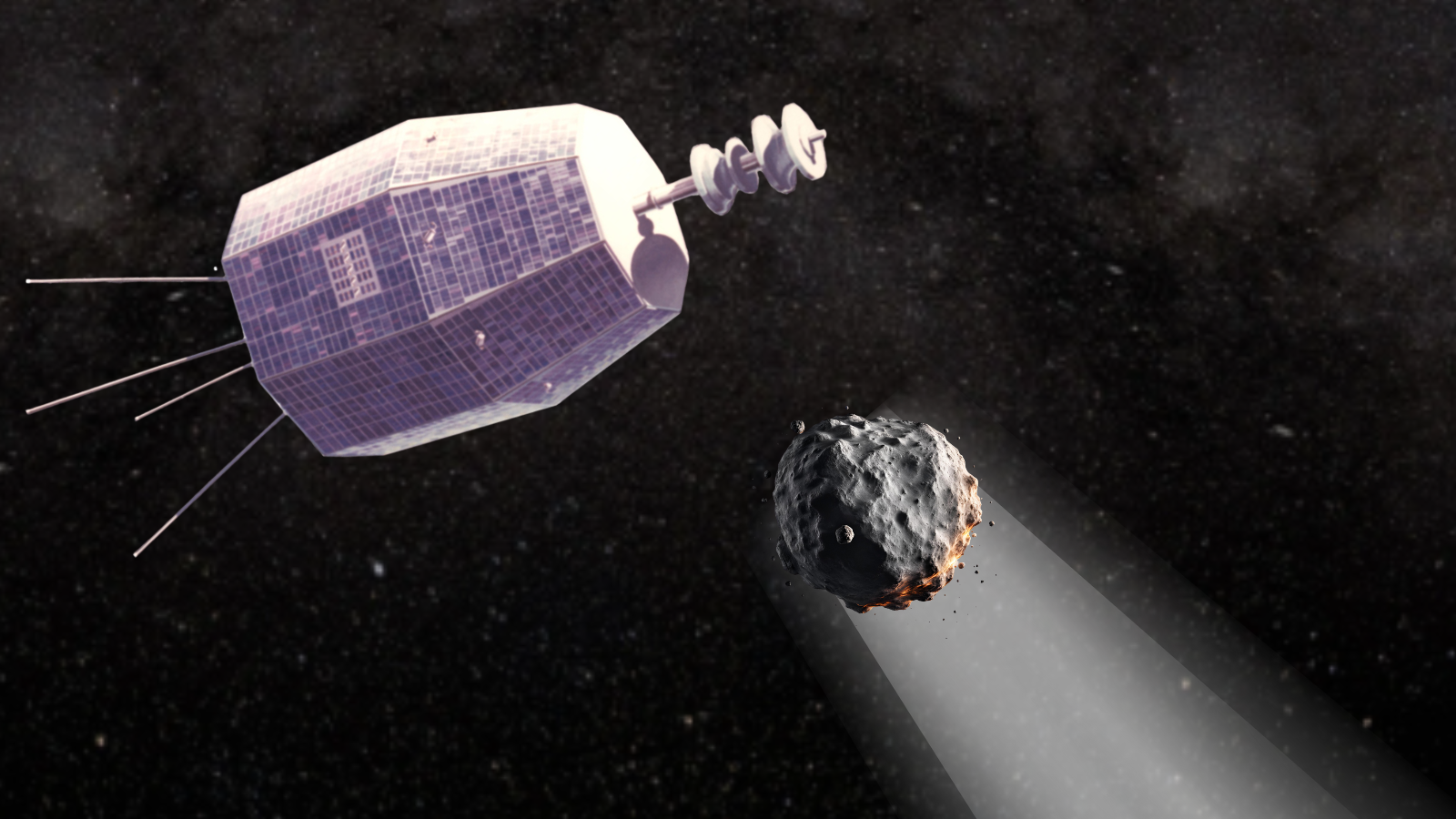
As for micrometeorite impacts as the culprit, James explained that there are predictions that these tiny flecks of space dust, which weigh no more than a thousandth to a billionth of a gram, can produce flashes of radio waves when they impact a satellite.
However, to do this, James said, micrometeorites need to be travelling at about 44,000 miles per hour (around 70,000 km per hour).
“Based on one estimate, we think a 22 microgram micrometeorite might have been able to produce a flash such as the one we saw,” James said.
Again, the issue with this explanation is that predictions suggest the signal should have lasted microseconds, not milliseconds. Additionally, 22 micro-gram micrometeoroids are not common. James and colleagues estimated only about a 1% chance that they would have been pointing ASKAP toward a satellite at the same time as one hit it.
“We slightly favor the ESD scenario, because the now-collapsed Arecibo telescope once saw similar signals from GPS satellites, albeit lasting 1000 times longer than ours,” James added. “But we don’t know.”
Are other fast radio bursts actually ‘Pseudo-FRBs’?
If you are an FRB-nerd like we are at Space.com, there may be a concern clawing at the back of your mind right now. The team was quick to put our minds at rest that other FRBs may be revealed as “pseudo-FRBs.”
“The short answer is that’s not at all a possibility,” James said. “Most telescopes detecting FRBs now also measure exactly where they come from, and can pinpoint their host galaxy, which a satellite wouldn’t have. These instruments are very good at identifying the direction of such a signal and getting rid of it.
“If a satellite did miraculously produce an FRB imposter, somebody in charge of the satellite programmed it to produce an artificially dispersed signal just to troll us! In that case, we could always pinpoint the direction of origin and check if there was a satellite there or not.”
The biggest clue that an FRB is an artificial signal is its dispersion measure, which Glowacki explains is the effect of a time delay at lower frequencies of radio signals coming from FRBs and pulsars. It is due to ionized electrons slowing the signal at lower frequencies as FRBS travel through space, encountering plasma. This gives astronomers a good indication of how far signals have travelled.
“For FRBs, there is such a large delay, due to the amount of ionized electrons between us and what creates the signal, that the only possible explanation is that they nearly always originate from another galaxy, sometimes billions of light years away,” Glowacki said. “The signal we had detected barely had any measurable time delay. It had to have come from very close by, relatively speaking.”
Deller added that it is certainly possible that there are many more such bursts happening from this or other satellites. However, he said that a lack of dispersion is a dead giveaway that a signal came from much closer to Earth than an FRB so cases of mistaken identity aren’t likely.
This doesn’t mean that this research hasn’t highlighted a possible problem that needs to be considered.
“We do need to be wary of confusing such signals with potential sources that are within or very close to our solar system,” Glowacki said. “For example, there may be other satellite signals to be detected that may be harder to differentiate.”
Related Stories:
For James, the big question going forward is how this research could help use radio telescopes to monitor satellites. These instruments could be particularly useful for detecting ESD.
“ESD is a huge problem for satellites, and can cause all kinds of damage,” James said. “The problem is that ESD is very difficult to monitor. Mostly, it is only ever a ‘suspected’ cause, since it’s extremely difficult to just go up to check on a satellite and work out what went wrong. So if that can be monitored from the ground relatively easily, that’s great!”
Deller agrees, adding there is a lot more to learn about the phenomenon discovered by the team.
“Everyone is still surprised that it was possible to generate such a short-duration pulse,” Deller concluded. “I’m hoping that we or some other group detect some more in the coming years and are able to come up with a model for how it happens.
“It would be great if that turned out to be useful in terms of helping to avoid damage to satellites.”
The team’s research is published on the paper repository site arXiv.
Stay Informed With the Latest & Most Important News
Previous Post
Next Post
-
 012024 in Review: Highlights from NASA in Silicon Valley
012024 in Review: Highlights from NASA in Silicon Valley -
 02Panasonic Leica Summilux DG 15mm f/1.7 ASPH review
02Panasonic Leica Summilux DG 15mm f/1.7 ASPH review -
 03How New NASA, India Earth Satellite NISAR Will See Earth
03How New NASA, India Earth Satellite NISAR Will See Earth -
 04And Thus Begins A New Year For Life On Earth
04And Thus Begins A New Year For Life On Earth -
 05Astronomy Activation Ambassadors: A New Era
05Astronomy Activation Ambassadors: A New Era -
06SpaceX launch surge helps set new global launch record in 2024
-
 07Space Force plans new ‘Futures Command’ amid pressure to speed up modernization
07Space Force plans new ‘Futures Command’ amid pressure to speed up modernization













